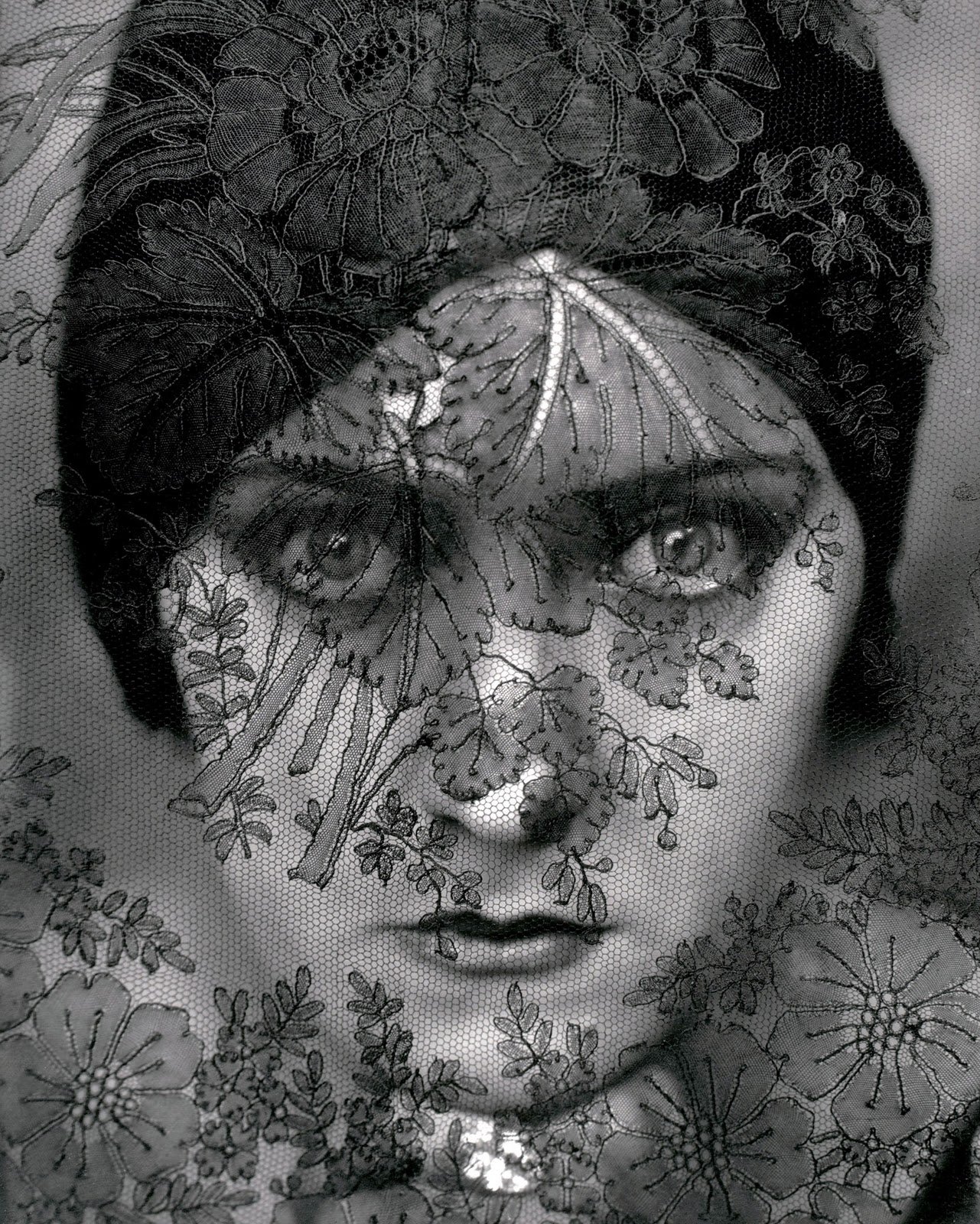Edward Steichen
Edward Steichen was born in Luxembourg in 1879. Eighteen months later the family, amongst many others from economically stressed Luxembourg, emigrated to the United States. While a promising painter, Edward bought his first camera, a Kodak box, in 1895. He had his first exhibition of photographs in 1899 in the second Philadelphia Photographic Salon. in 1900 he became a U.S. citizen but in April of that year left for Paris to study art. En route he met Stieglitz in New York City following an introductory letter from Clarence H. White. Stieglitz was impressed with Steichen’s art and photography and bought three of his prints. Steichen was to form a strong bond with Stieglitz during the formative years of Camera Work and the 291 Gallery which had been his studio at 291 fifth avenue, New York. In 1902 Steichen became a member of the Photo-Succession group, an organization dedicated to promoting photography as a fine art. The group included Stieglitz, the founder, together with Clarence H. White, Gertrude Käsebier, Frank Eugene, Fred Holland Day and Alvin Langdon Coburn. He published Camera Work with Stieglitz between 1903 and 1917.
Fashion photography became important after the development of high quality half-tone reproduction of photographs. The pioneer of the new genre of fashion photography is usually credited to the French Baron Adolph de Meyer. Steichen was well place to continue this development as he became widely recognised as a superb portrait photographer. Auguste Rodin claimed in 1908 that Steichen was not only a very good artist but the greatest photographer of his time. He had also taken some photographs of gowns designed by Paul poiret which were published in the April 1911 edition of Art et Décoration. At this time both Meyer and Steichen were much influenced by the dominant Pictorialist style with an emphasis on soft-focus, moody, diffuse and romanticism. After the First World War Steichen gradually reverted to straight photography. When Meyer left Condé Nast for its rival Harper’s Bazar, Steichen was offered the job in 1923 as chief photographer for Vanity Fair and in addition further fashion assignments for Vogue. This enabled Steichen to develop kis skills in photographing people in literature, journalism, dance, sports, politics, theatre, film and above all fashion. In a way he was a pioneer of modern fashion and celebrity photography. He continually experimented with the way he posed and lit his subjects in the studio. His repertoire was truly remarkable. Amongst his principal hobbies was his love of horticulture and nature. When he began to tire of photography in the 1930s it was to spend more time on his hobbies and he eventually resigned from Condé Nast in 1938. It is worth noting that Steichen lived in France on and off between 1900 until early 1923. He had a rented home in Voulangis, some 48 km from Paris. His horticultural interests won him a gold medal at the French Horticultrural Society in 1913. The Second World War rekindled his interest in doing useful documentary photography. After the war he gave up taking photographs and got involved in curating at New York’s MOMA (Museum Of Modern Art) which culminated in the massive exhibition The Family of Man in 1955. This exhibition represented 503 photographs from 68 countries. It toured the world for eight years with record breaking audiences. Steichen was the Director of the Department of Photography at MOMA between 1947 and 1961.
Edward Steichen was then a multi-talented person and we can appreciate a collection of portraits that have not been surpassed. They include photographs of painters Alphonse Mucha and Henri Matisse; the sculptors Rodin and Jacob Epstein; the composers Richard Strauss and George Gershwin, the photographer Alfred Stieglitz; the writers H. G. Wells, George Bernard Shaw and Colette; poet William Yeats; models Marion Morehouse and Lee Miller; singers Al Jolson and Maurice Chevalier; dancers Fred Astaire and Ginger Rogers; politician Winston Churchill; heavy weight boxing champion Jack Deempsey; tennis payer Helen Wills; actors Greta Garbo, Gloria Swanson, Joan Crawford, Marlene Dietrich, Gary Cooper,Noel Coward and Harold Lloyd; screen writer Anita Loos; film maker Walt Disney; and the film star Charlie Chaplin.







